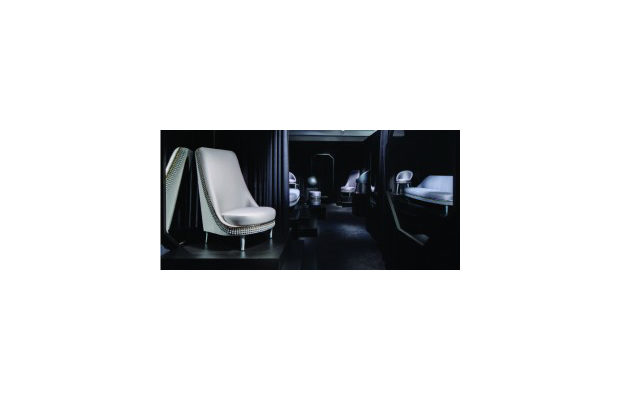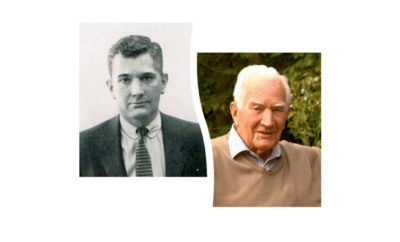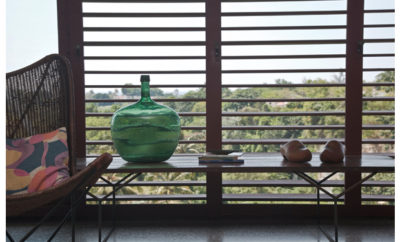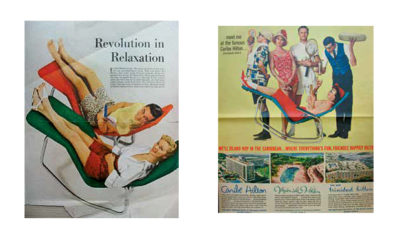
Feature
Greenwich Scene Time
Each year the London Design Festival (LDF) seems to grow in scope and aspiration. Now in its ninth year, 2011’s fest featured presentations by 280 designers and their partners and almost three hundred events about work covering twenty-five design disciplines. As well, the LDF boasted twelve commissioned design projects installed at museums and venues all over Britain’s capital. If the artistic side of your right brain is boggled by all those digits, also consider that the festival ran for only nine days, from September 17 to 25. Even the most die-hard design enthusiast needed to make hard choices on what to see.
A must stop was the Victoria and Albert Museum. The festival’s leading venue featured special exhibitions and lectures for the third year running, and was indeed the main spot to meet and pick up information. The V&A’s cynosure this year was its seminal exhibition Postmodernism: Style and Subversion 1970–1990, showcasing the masters of art and design from an era that defied definition and opened the gates to the freedom designers at LDF can now enjoy.
London streets and galleries were studded with interactive interventions and installations, from the usually off-limits South West tower of St. Paul’s Cathedral—where architect and designer John Pawson placed a work called “Perspectives”—to a show of handcrafted furniture, lighting, and textiles at the Old Truman Brewery in East London.
From this wealth of offerings, we picked three rising British design stars to profile.













